To understand the area of a pipe in square feet, one needs to comprehend what it is and how to calculate it. One can determine the total area of a pipe using certain measurements, employing a straightforward formula. This process requires the length and diameter of the pipe, as well as the thickness. Once those measurements are known, one can discover the area of it by multiplying two parameters – the circumference and length – thus furnishing the exact answer.
The area of a pipe in square feet holds immense value when it comes to plumbing, HVAC, oil and gas pipelines, chemical plants and more. In this article we’ll look at the anatomy, method of computing, applications and practical samples of the area of a pipe in square feet. Examining the ins and outs will give us an analytical grasp on why it is essential to accurately understand its measure in engineering systems.
The Anatomy of a Pipe
Constructed in a variety of materials, from steel to copper, plastic and more, pipes offer a purposeful conduit for water, gas, and solid objects. Providing an efficient journey from one place to another, each pipe is distinct in its size and shape. The diameter of the pipe measures the outer perimeter – in diametrically opposite points – whereas the wall thickness is measured between the inside and outside diameters. This space size consequently impacts how much fluid or air can travel, as well as the amount of pressure this travels at. The cross-sectional area of the pipe is comprised of both its inner and outer areas, ultimately resolving the potential flow capacity and pressure drop.
Exact Measurement of a Pipe’s Surface Area
In order to determine the area of a pipe, one must employ the following equation:
The Area of Any Object is Equivalent to (/4) multiplied by the Difference between the Square of the Diameter and the Square of the Lower Diameter.
To compute the area of a pipe with a circular cross-section, one can use the following formula: A = (D- d) , where A denotes the area, is Pi (generally around 3.14), D represents the outer diameter, and d expresses the inner diameter. It does not matter what type of material the pipe is made of, nor what its thickness is.
To visualize the area of a steel piping system with an outer diameter of 10 inches, a wall thickness of 0.5 inches, and an inner diameter of 9 inches, begin by subtracting the inner diameter from the outer diameter. Based on this calculation, the gap between the outer and inner diameters yields a value of 1 inch. Then, multiply this total by the pi constant, yielding 3.141593 square inches for the pipe’s total area.
The square footage of A is equal to 7.85 feet when taking the ratio of pi over 4 multiplied by the difference of the squares of 10 and 9.
Amounting to 7.85 square feet, the sum of the pipe’s cross-sectional area provides a useful metric for calculating the rate of fluid passing through and measuring the pressure of the drop.
Leveraging the Area in a Pipe for Practical Use
Knowing the area of a pipe has many useful engineering applications, such as for determining fluid dynamics, heat transfer, and structural analysis. One value that can be calculated from the pipe’s area is the volume flow rate (Q), which indicates how much fluid passes through in a given period of time. To compute this quantity, it is necessary to use the equation below:
Question Proportional to Velocity Multiplied by Amount
To ascertain the typical speed of the liquid in the pipe, Bernoulli’s equation, the Reynolds number, or another technique can be employed. The throughput is incredibly important across countless sectors, such as water treatment, energy generation, and chemical engineering, requiring accurate regulation of the liquid motion.
The h-value, or heat transfer coefficient, is a vital component when assessing the area of a pipe. It measures how quickly heat moves from one place to another, based upon the area between the two points and temperature difference. This value is essential when constructing heat exchangers, boilers, and other thermal machines. The equation for h can be put into the following formula:
The Relation Between “h” and “k x Nu/D”
The thermal conductivity of the flow, denoted by k, along with Nusselt number (Nu) and the hydraulic diameter (D) of the pipe all form a powerful trifecta when determining heat transfer. This hydraulic diameter is a direct result of the area of the pipe. In order to calculate this Nusselt number, existing empirical correlations or numerical simulations can be utilized to consider various factors which impact heat exchange.
Examples of Pipe Area in Everyday Life
For a better understanding of why the area of a pipe is important in various industries, let us look at a few practical applications.
– In the oil and gas industry, the area of a pipeline has a huge impact on the rate at which crude oil or natural gas is travelling through it, as well as the pressure drop. Take, for example, a steel pipeline measuring 12-inch in diameter and spanning an impressive 100 miles: with a flow rate of 10,000 barrels per day, an area of approximately 28.3 square feet will be calculated – using the relevant mathematical formula.
The size of fire sprinkler pipes plays a key role in guaranteeing the availability of an adequate amount of water to the impacted area in the event of a fire. To demonstrate, a 1-inch copper pipe, with a sectional area measuring 0.79 square feet, can provide up to 36 gallons of water per minute, at a 40 psi pressure – the regular flow rate for this type of system.
When it comes to HVAC systems, the cross-sectional area of a duct pipe is paramount for deciphering how much airflow is generated as well as what the static pressure drop across a heating or air conditioning unit will be. As an example, take a 24-inch round pipe with an area of 3.14 square feet; it has the potential to present 1600 cubic feet per minute of air at a pressure reduction of 0.1 inches of water every 100 feet.
In numerous engineering disciplines, including fluid mechanics and heat transfer simulations, as well as structural analysis, the square foot area of a pipe is integral. A full knowledge of the structure, formulae, application scenarios and live cases of pipes is essential for architects attempting to ensure the performance, dependability and sustainability of their piping installations. Whenever devising such designs, it is critical to deploy precise metrics to guarantee safety and efficacy.
Related Product
Warning: Use of undefined constant rand - assumed 'rand' (this will throw an Error in a future version of PHP) in /www/wwwroot/www.ytdrtube.com/wp-content/themes/msk5/single.php on line 77

Hot Dip Galvanized Rectangular Hollow Section
Iron and steel materials are indispensable resources in human life today. However, due to its own characteristics, “corrosion is accompanied by us every day and consumes our […]

Black Square Steel Tube
SPECIFICATION TABLE OF BLACK SQUARE STEEL TUBE OD(MM) THICKNESS(MM) OD(MM) THICKNESS(MM) OD(MM) THICKNESS(MM) OD(MM) THICKNESS(MM) 20*20 1.3 60*120 80*100 90*90 1.50 180*180 3 300* […]
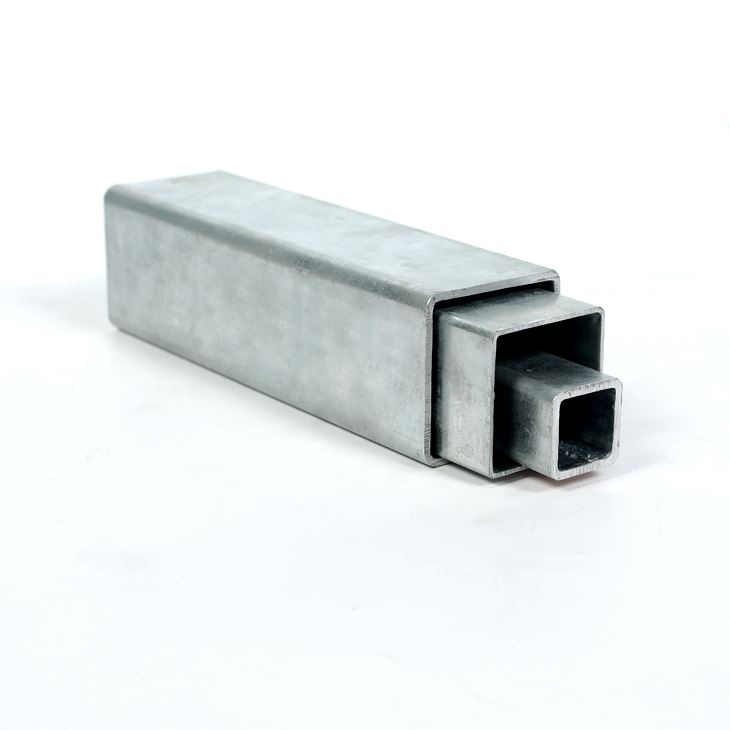
Hot Dip Galvanized Square Steel Pipe HDG Tube
Thickness: 0.5- 60 mm OD(outer diameter): square 10*10-1000*1000mm rectangular:10*15-800*1100mm Section Shape: Square OR rectangular Place of Origin: Tianjin, China Application Str […]

EN10210 EN10219 Black Carbon Steel Welded Square Pipe
Yuantai Derun Steel Pipe Manufacturing Group is a steel pipe and steel enterprise that has operated for many years, mainly engaged in steel products such as black square and rectan […]
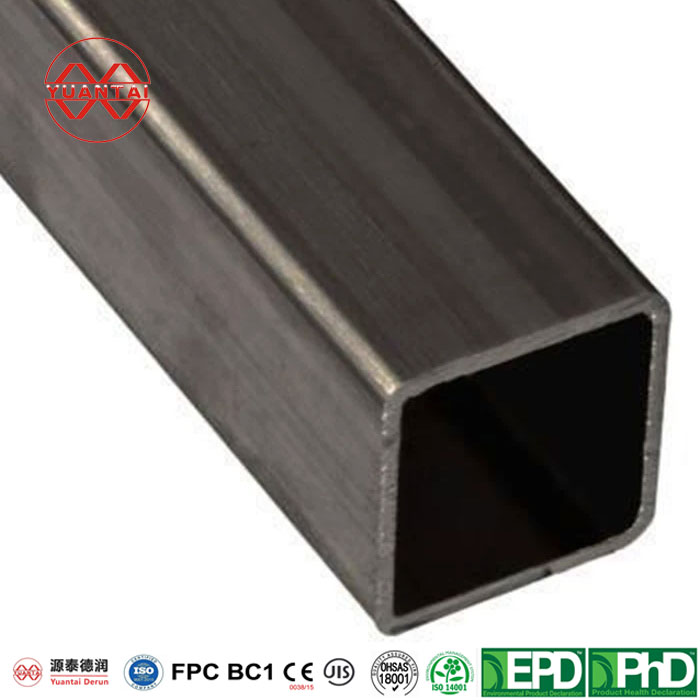
Square Steel Pipe Carbon Steel Pipe
Thickness 0.5- 60 mm Tolerance as required OD(outer diameter) square 10*10-1000*1000mm rectangular Brand YUANTAI DERUN Section Shape Square OR rectangular Length 3-12M according to […]
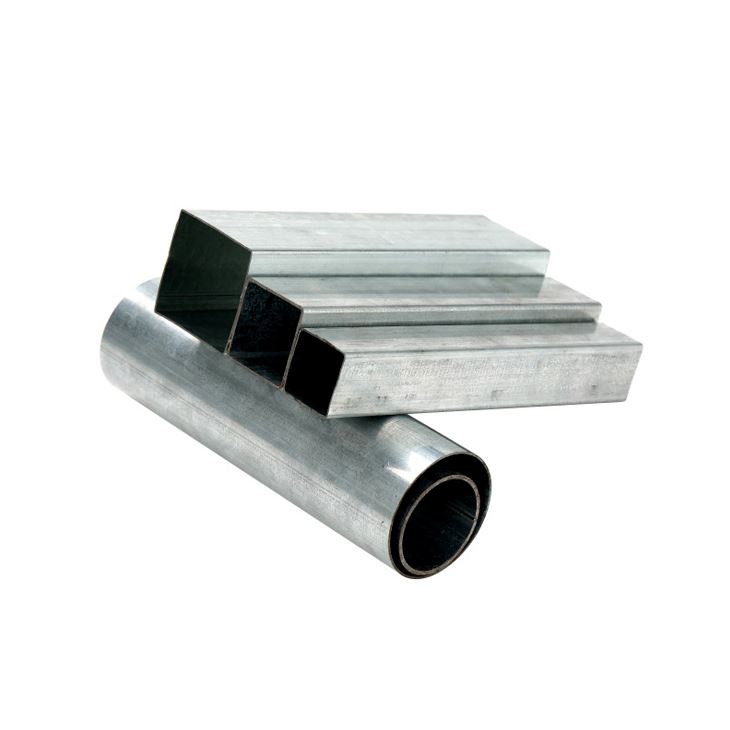
Pre Galvanzied Square Steel Tube
1.Introduction of pre-square tube Coiled pipes are pipes and pipes for processing technological processes, and are the name of general pipes, which are pipes made of long steel coi […]
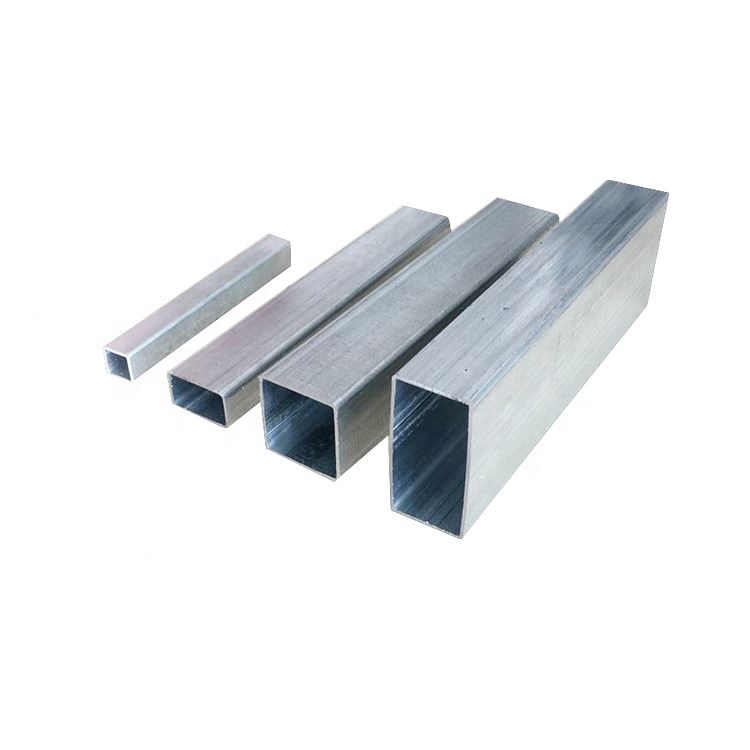
Hot Dip Galvanized Rectangular Steel Tube
Hot dip galvanized rectangular steel tube is a rectangularsquare tube that is welded after the steel plate or steel strip is curled and formed, and is formed after the square tube […]

Square Seamless Steel Pipe
Attribute parameters of seamless square steel tubes Thickness 3- 50 mm Tolerance as required OD(outer diameter) 100*100-800*800 Brand YUANTAI DERUN Section Shape Square OR rec […]
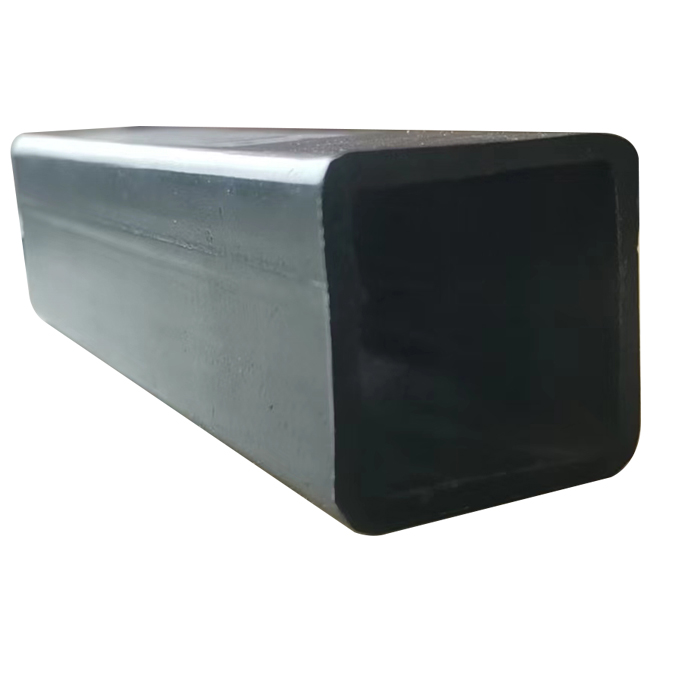
Square Hollow Section
Thickness: 0.5- 60 mm OD(outer diameter): square 10*10-1000*1000mm rectangular:10*15-800*1100mm Section Shape: Square OR rectangular Place of Origin: Tianjin, China Application Str […]
Post time: 2023-06-04
